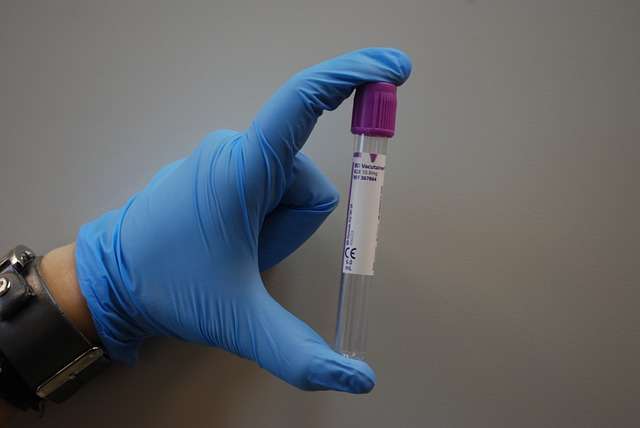Apply Grants
February 20, 2018
1
Hematopoietic Stem Cell Transplant Can Free Patients From Hazards of Aplastic Anaemia
Aplastic Anemia is a disorder of bone marrow failure. The therapeutic relief from this disorder depends on the hematopoietic stem cell transplant and Immunosuppressive therapy.
More on to AA, it is a type of blood disorder, occurring from the bone marrow failure. The hypocellular bone marrow and relentless pancytopenia characterize patients with AA. The occurrence of this disease attacks one’s immune system. And as a result, the bone marrow cannot produce marrow cells. Further, it also restricts the production of the blood platelets as well as red and white blood cells.
The prevalence of Aplastic Anemia is high amongst the pediatric children. But, it is not averse to the adults also. However, pediatrics can expect better treatment results with stem cell transplants.
 |
| Source- Flickr |
Complications of AA
Frequent blood transfusion is common amongst the patients with AA. The process keeps the blood platelet counts in check. Simultaneously, immunosuppressive therapy or IST offers a better relief by curbing the autoimmune responses. And this way, it prevents causing more damage to the blood-producing cells. Patients need to take another drug therapy to avoid infections. They need to prevent contact with the outer world as well to avoid the contamination of the infection. Sometimes, these drugs do not provide any relief, thus patients are more likely to die of infections.
Treatments Options
Immunosuppressive therapy and matched bone marrow transplant offer treatment options. Well, immunosuppressive therapy or drugs are not without any relapse risks. And hence, stem cell transplantation is considered one of the best curative treatment options for the patients with AA. According to reports published online by Biology of Blood and Marrow Transplantation, patients receiving partially matched bone marrow combined with the high doses of chemotherapy are more likely to survive the disease.
Advantages of Hematopoietic Stem Cell Transplants
- Transplantation reduces the further complications of Aplastic Anemia.
- It reinstates the production of the blood cells and platelets.
- The complications of the Graft-Versus-Host-Disease (GVHD) after the transplant are mild.
- With immunosuppressive therapy, GVHD complaints can see the exit door.
- It completely reduces the necessity of further medications.
- Patients can enjoy their normal life as earlier, and participate in their daily activities.
- Evidence Validating The Efficacy Of The Hematopoietic Stem Cell Transplant For AA
- Hematopoietic Stem Cell Transplant (HSCT) is the first choice for the clinical experts when immunosuppressive therapy fails to perform.
And hence, stems from a sibling or matched donor are taken into account for the transplants. However, patients with half donor could also go for the transplants. A study between 2011 and 2016 showed the efficacy of the HSCT using a matched donor, half matched and unrelated matched donor.
Four types of patients received cells depending on the availability of the donors respectively. The patients received drug administration to make their body accept the bone marrow. After it, all the four patients underwent transplants with a half-matched donor, matched donors, and unrelated donor.
A few days after, they received chemotherapy. They stopped the immunosuppressive therapy too after taking it for a year.
Read-
Read-
Outcomes Of The Study
Further tests on the patients suggested that there was no need for blood transfusion.
The blood cells, including the platelets, came back to normal.
No fresh requirement of medications was noticed after the discontinuation of immunosuppressive therapy.
The rate of GVHD was less than normal as well. Only a few received the after-effects of the stem cell transplants.
The further IST ensured to reduce the GVHD complaints after a few months.
Future Hopes
 |
| Source- Flickr |
The bone marrow transplants are costly, though, they are most effective treatment options using a full or half-matched donor.
They are indeed life-saving, at the same time, they reduce the additional expenses entailing to IST, blood transfusion, and hospitalizations.
stem cell therapy for anaemia, stem cell therapy, bone marrow transplant, hematopoietic stem cell transplant, allogeneic stem cell transplantation, aplastic anaemia treatment,stem cell therapy spinal cord injury,hair transplant blogspot,hair stem cells,glioblastoma cure,stem cells hair,"stem cells",bare lymphocyte syndrome treatment,hlhs survival rate,"car-t",bare lymphocyte syndrome symptoms,bare lymphocyte syndrome,myelofibrosis treatment,glioma stem cells,stem cell heart transplant











